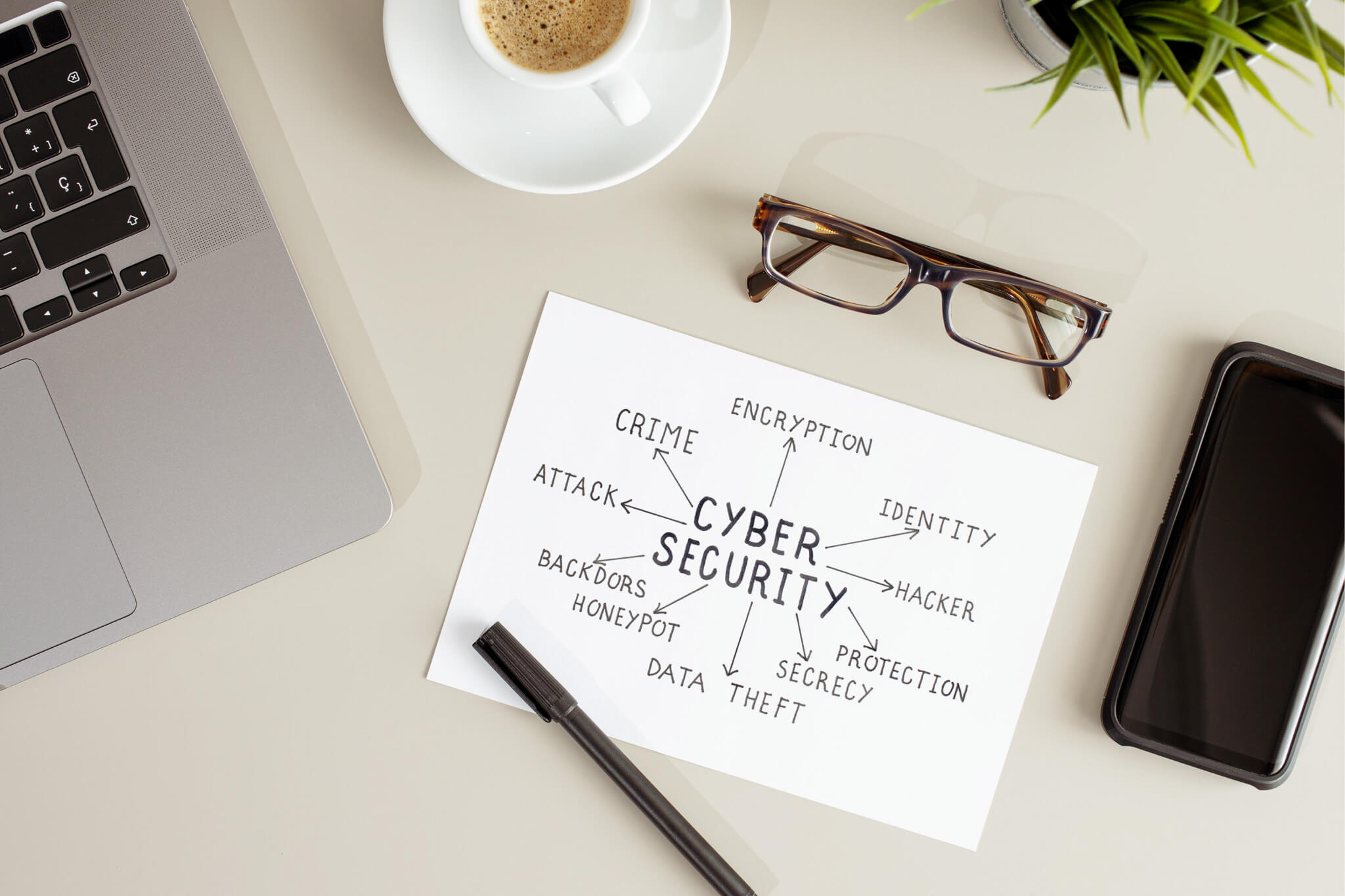
Cyber Essentials Checklist for UK Small Businesses (2024 version)
Protect your business from cyberattacks with our Cyber Essentials checklist. Learn about the five key controls and how GSDIT can help you achieve certification.
This incident, which exposed approximately 500 million guests’ personal information, began years before its discovery and sparked widespread changes in data protection practices.
In September 2018, Marriott International found itself at the centre of one of the most significant data breaches in corporate history, fundamentally altering how the hospitality industry approaches cyber security. This incident, which exposed approximately 500 million guests’ personal information, began years before its discovery and sparked widespread changes in data protection practices.
The story begins not with Marriott itself, but with Starwood Hotels and Resorts Worldwide. Unknown to Starwood’s IT support teams, cyber criminals had infiltrated their guest reservation database as early as 2014. When Marriott acquired Starwood in 2016 for £12.2 billion, they inadvertently inherited this compromised system, highlighting the crucial importance of thorough security audits during corporate mergers.
The attackers initially gained access through a compromised administrator account, which granted them elevated privileges within Starwood’s network infrastructure. This breach exemplified a common pattern in sophisticated cyber attacks: the exploitation of privileged credentials combined with patient, long-term reconnaissance of the target system.
The breach methodology revealed sophisticated tactics that went undetected by conventional security measures. The attackers employed a multi-staged approach:
Initial Access: The compromise began with a spear-phishing campaign targeting Starwood employees with administrative access. Lateral Movement: Once inside, the attackers used living-off-the-land techniques, leveraging legitimate system tools to avoid detection. Data Exfiltration: Advanced encryption methods were used to disguise the data theft, making it appear as normal network traffic.
This technical sophistication highlighted the limitations of traditional IT support models and emphasised the need for advanced threat detection systems.
The breach’s magnitude became apparent in stages. Initially, Marriott’s internal security team discovered unauthorised access to the Starwood guest reservation network. Further investigation revealed that attackers had maintained persistent access for nearly four years, copying and encrypting information. The compromised data included:
Names, addresses, and passport numbers of international travellers Payment card details, though most were encrypted Travel histories and preferences Email addresses and phone numbers Starwood Preferred Guest (SPG) account information
The scope of the breach was particularly concerning because it included both current and historical guest data, creating a comprehensive dataset that could be used for various types of fraud.
The discovery and response to the data breach unfolded over several months:
In September 2018, Marriott’s cyber security team detected anomalous database queries within the Starwood guest reservation database. This discovery triggered an immediate internal investigation, though public disclosure would not come for several months.
The company engaged multiple forensic firms to understand the breach’s extent. These specialists discovered that the attackers had deployed remote access trojans (RATs) and mimikatz, a credential harvesting tool, throughout the network.
Marriott’s immediate response included: Network segmentation to isolate compromised systems Implementation of enhanced monitoring tools Deployment of advanced endpoint detection and response (EDR) solutions Creation of a dedicated incident response team
The financial impact of the breach extended far beyond immediate remediation costs. The Information Commissioner’s Office (ICO) in the UK imposed a £18.4 million fine, reduced from an initial £99 million in consideration of the economic impact of COVID-19.
Legal expenses from multiple class-action lawsuits Implementation of enhanced security measures Customer notification and credit monitoring services Share price decline and reputational damage
The breach led to sustained increases in Marriott’s cyber security budget, with annual spending rising by approximately 20%. These investments focused on:
Advanced threat detection systems Employee training programmes Third-party security assessments Infrastructure modernisation
The Marriott breach catalysed substantial changes across the hospitality sector’s approach to data protection. The incident demonstrated that traditional IT support models were insufficient for modern threats, leading to several industry-wide improvements:
Implementation of advanced encryption protocols Enhanced network segmentation Regular penetration testing and vulnerability assessments Investment in AI-powered security monitoring systems
Development of comprehensive incident response plans Implementation of zero-trust architecture principles Enhanced vendor risk management programmes Regular security awareness training for all staff
The breach had far-reaching implications for data protection regulations and compliance requirements:
The incident occurred after the implementation of GDPR, making it one of the first major tests of the regulation’s enforcement mechanisms. The case set important precedents for:
Cross-border data protection enforcement Calculation of penalties under GDPR Requirements for breach notification timing Standards for due diligence in mergers and acquisitions
The breach influenced data protection regulations worldwide:
Strengthened requirements for security audits during mergers Enhanced disclosure requirements for data breaches Increased focus on supply chain security New standards for encryption of personal data
The Marriott breach serves as a sobering reminder of the evolving nature of cyber security threats. It demonstrated that even well-resourced organisations can harbour unknown vulnerabilities, particularly in inherited systems. The incident led to several enduring changes in corporate security practices:
Integration of security considerations into merger processes Enhanced board-level involvement in cyber security decisions Regular third-party security audits Improved incident response planning
The importance of continuous monitoring Need for advanced threat detection capabilities Value of network segmentation Critical role of encryption for sensitive data
Today, the Marriott breach stands as a defining moment in corporate cyber security history. Its impact continues to influence how organisations approach data protection, particularly in the hospitality sector. The incident underscores that cyber security is not merely an IT support function but a fundamental business imperative requiring constant vigilance and evolution.
Zero-trust architecture implementation Blockchain for secure guest identities AI-driven threat detection systems Advanced encryption standards
As we move forward, the lessons learned from this breach remain relevant. Organisations must maintain robust security measures, conduct thorough due diligence during acquisitions, and ensure comprehensive monitoring of their digital infrastructure. The Marriott incident serves as a powerful reminder that in our interconnected world, data protection requires unwavering commitment and continuous improvement.
The hospitality industry continues to evolve its security practices, with many organisations now treating cyber security as a board-level concern rather than solely an IT responsibility. This shift in perspective, perhaps more than any technical change, may be the most significant legacy of the Marriott breach.For anything else IT Support or Cyber Security, contact us here.

Protect your business from cyberattacks with our Cyber Essentials checklist. Learn about the five key controls and how GSDIT can help you achieve certification.

Imagine if your business was attacked tomorrow. Would you know what to do? Could your business survive?

In today’s digital world, understanding and implementing cyber security measures is no longer optional for businesses. It’s a necessity. The increasing number of cyber threats poses a significant risk to businesses of all sizes, making it imperative for businesses to prioritise cyber security.